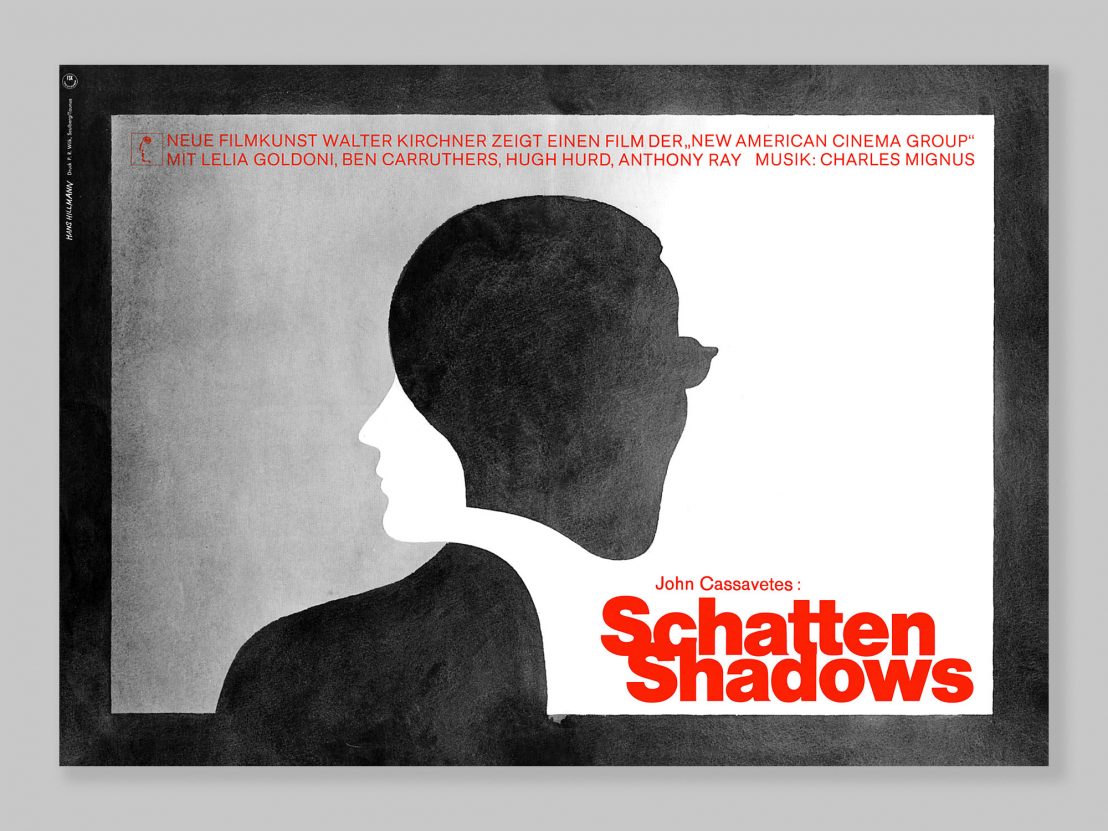
A digital archive chronicling the almost six-decade-long career of Hans Hillmann, one of Germany’s most influential postwar graphic artists, launched this month. Incorporating his life’s work – 164 film posters – the archive includes works created for Jean-Luc Godard, Alfred Hitchcock and Ingmar Bergman, alongside drafts and illustrations.
Better still, the archive is accompanied by the beautifully designed ‘Moving Pictures – The Complete Film Posters of Hans Hillmann’, edited and published by Jens Müller, who heads up the major archival project alongside Katharina Sussek.
Speaking to LWLies, Jens explains how he came to work with Hillman and the importance of uniting the designer’s archive now. He recalls discovering the archive of Atlas Film in a local film museum, which he says “led to the FilmKunstGrafik project, which paid tribute to the brief era of sophisticated film graphics in West Germany from the 1950s to the ’70s, with Hillmann as its central figure. This was followed in 2009 by the monograph ‘Hans Hillmann: The Visual Works’. Through these projects, a personal friendship and ongoing exchange about his graphic work developed.”
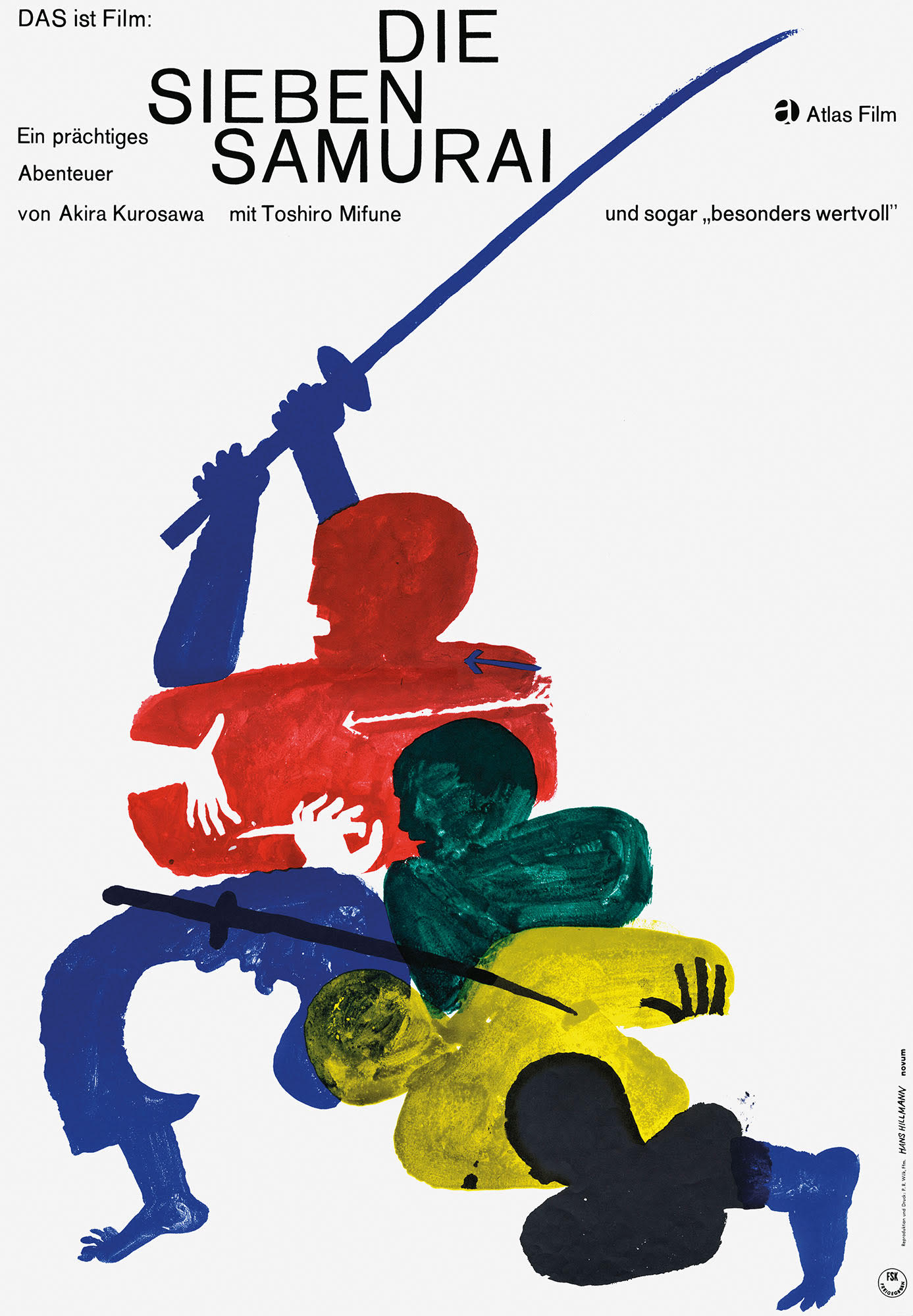
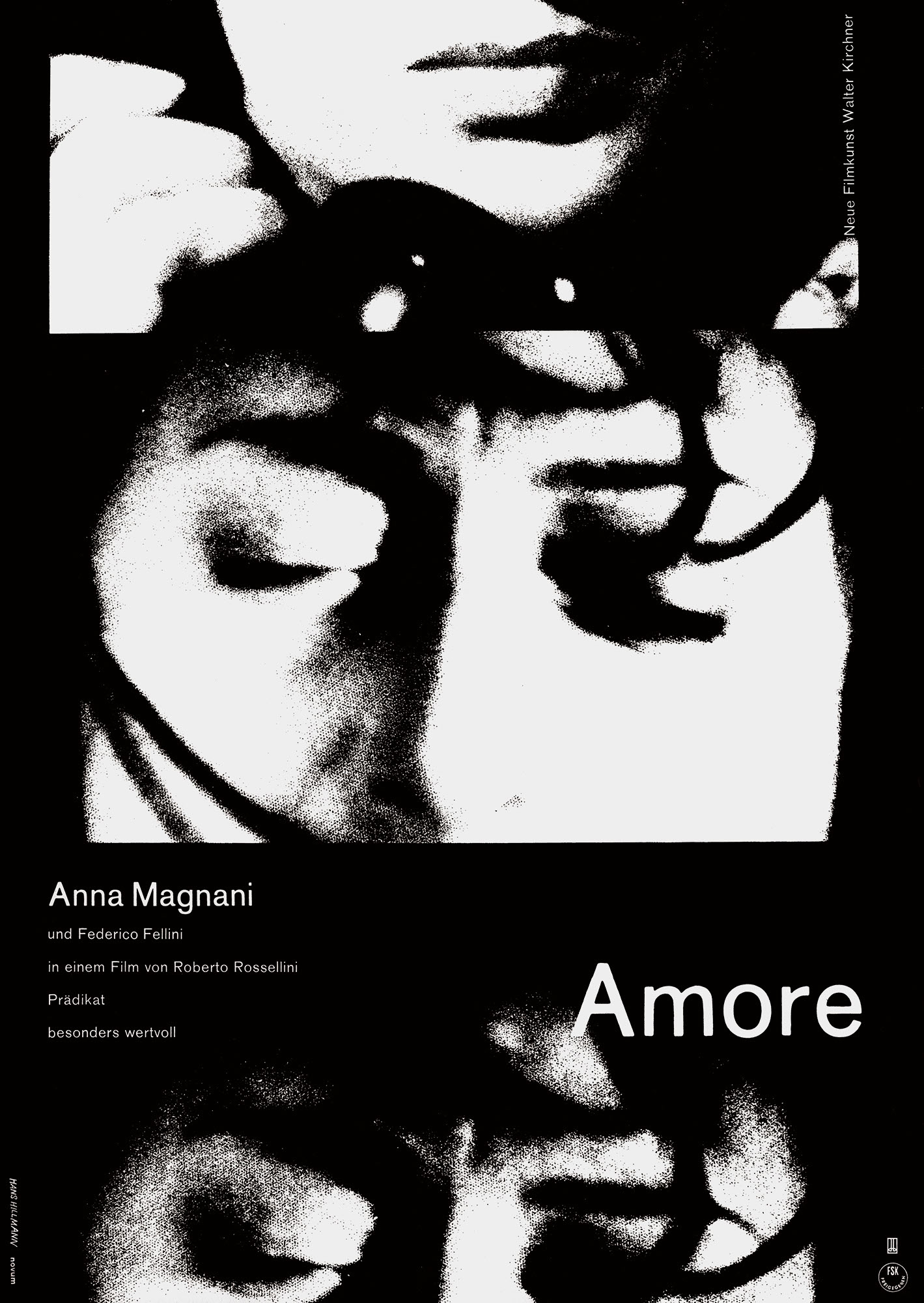
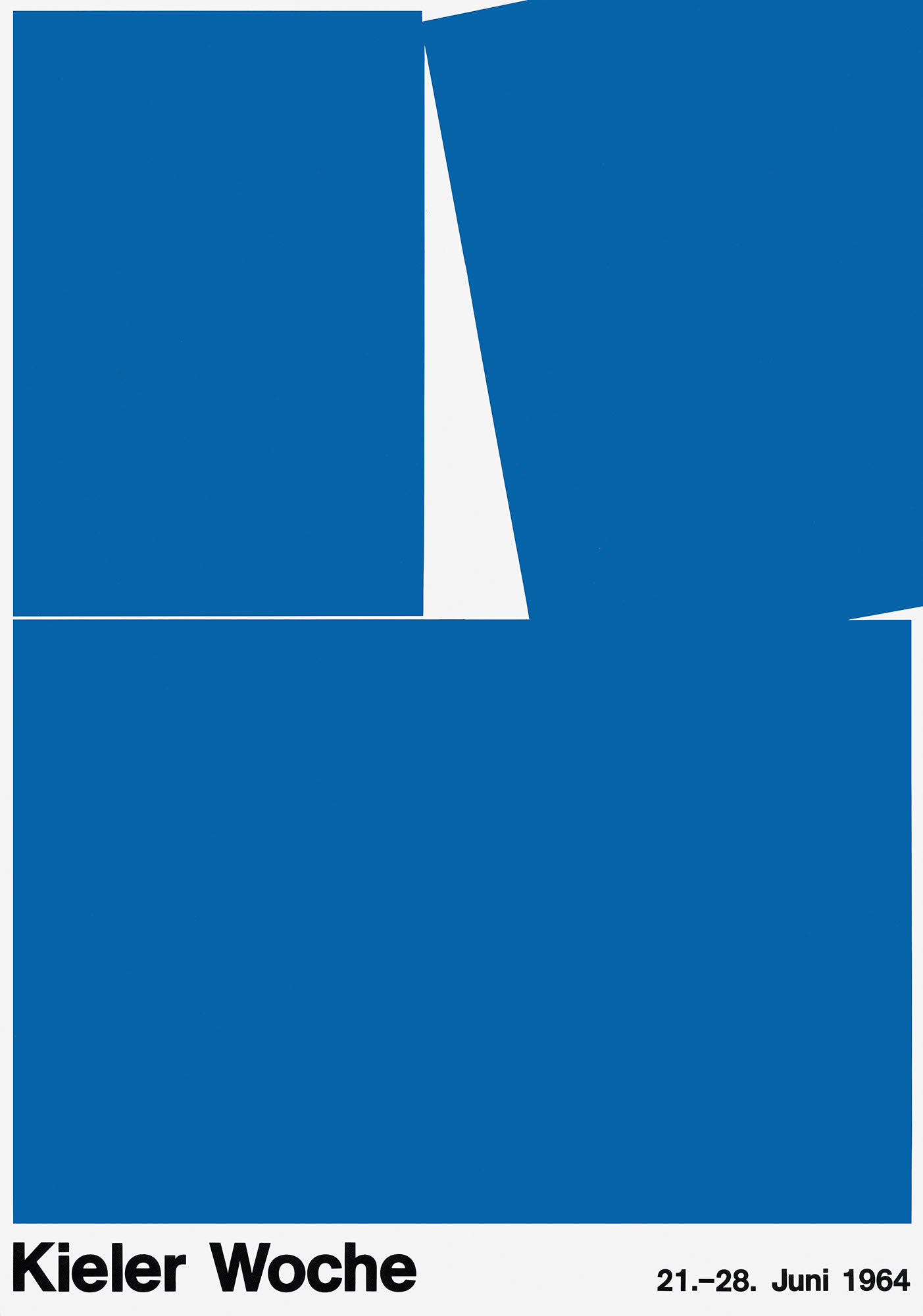
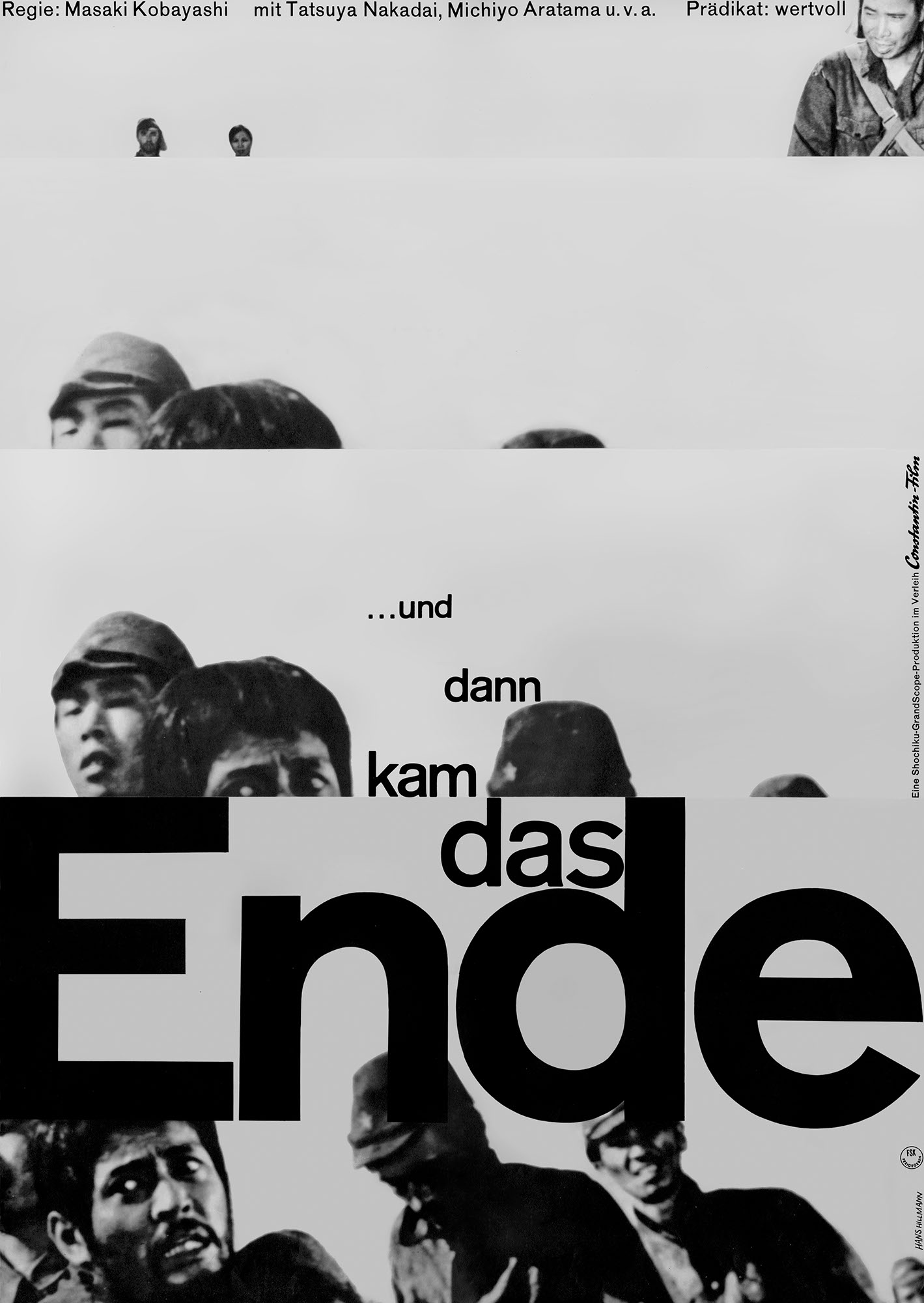
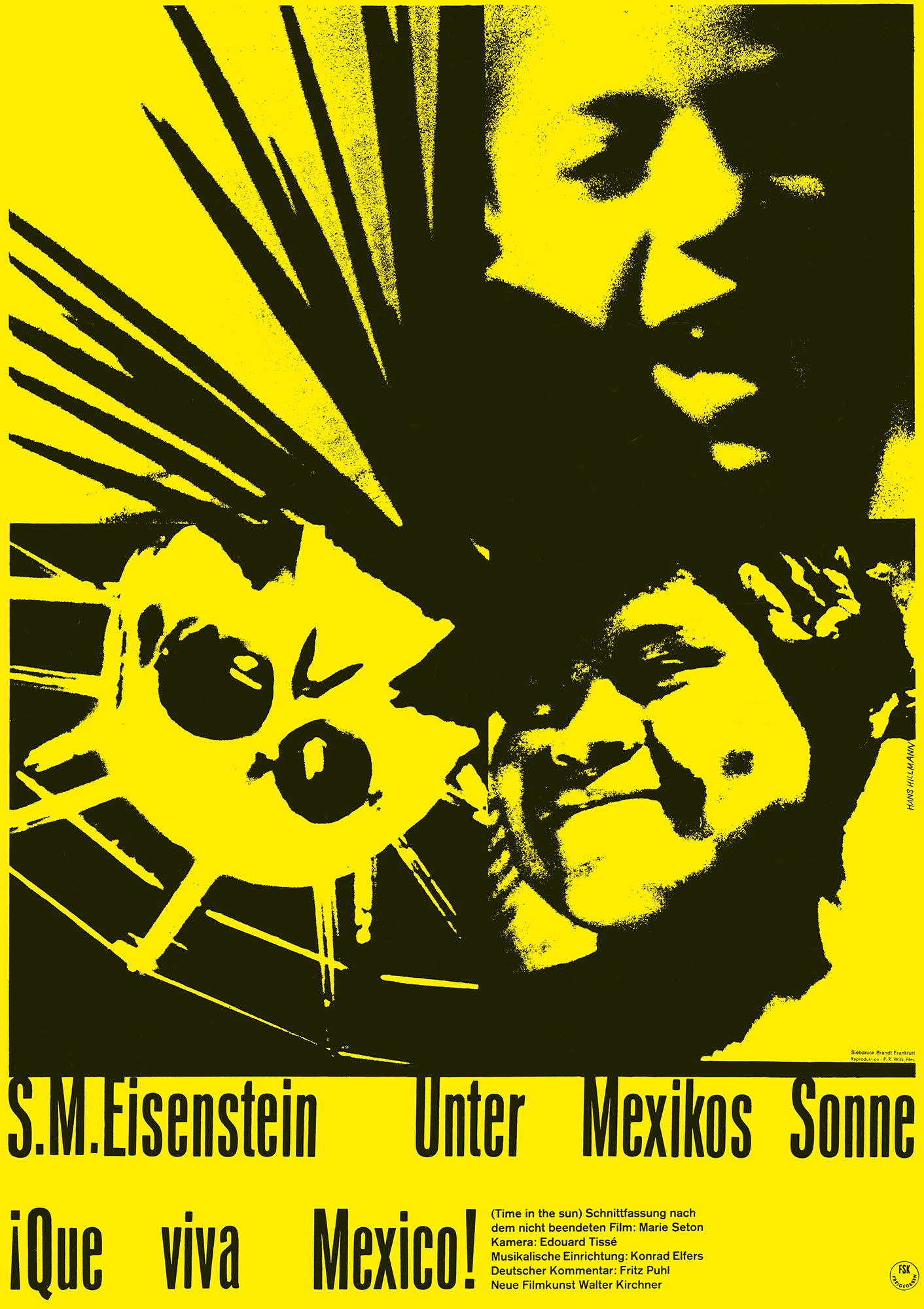
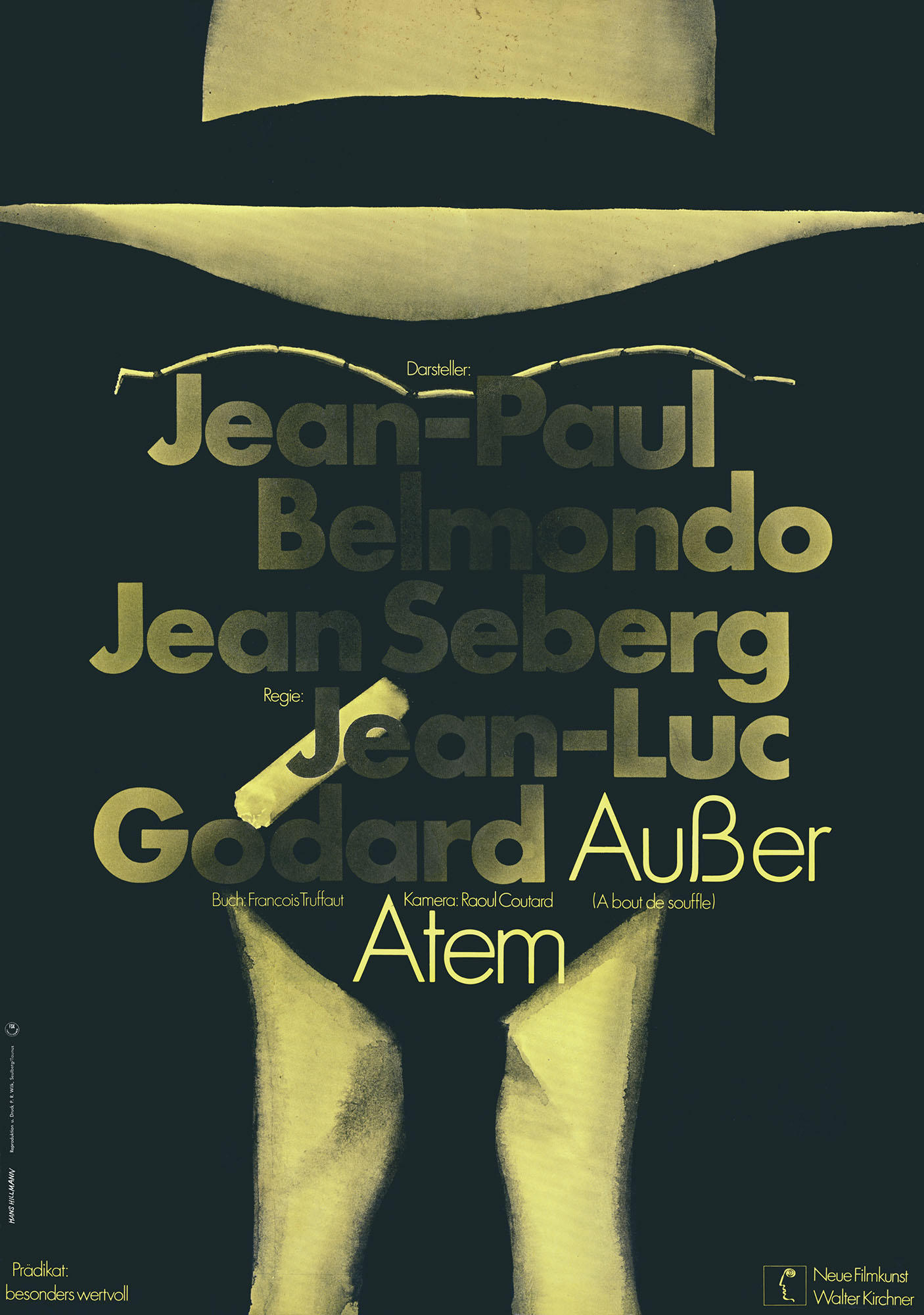
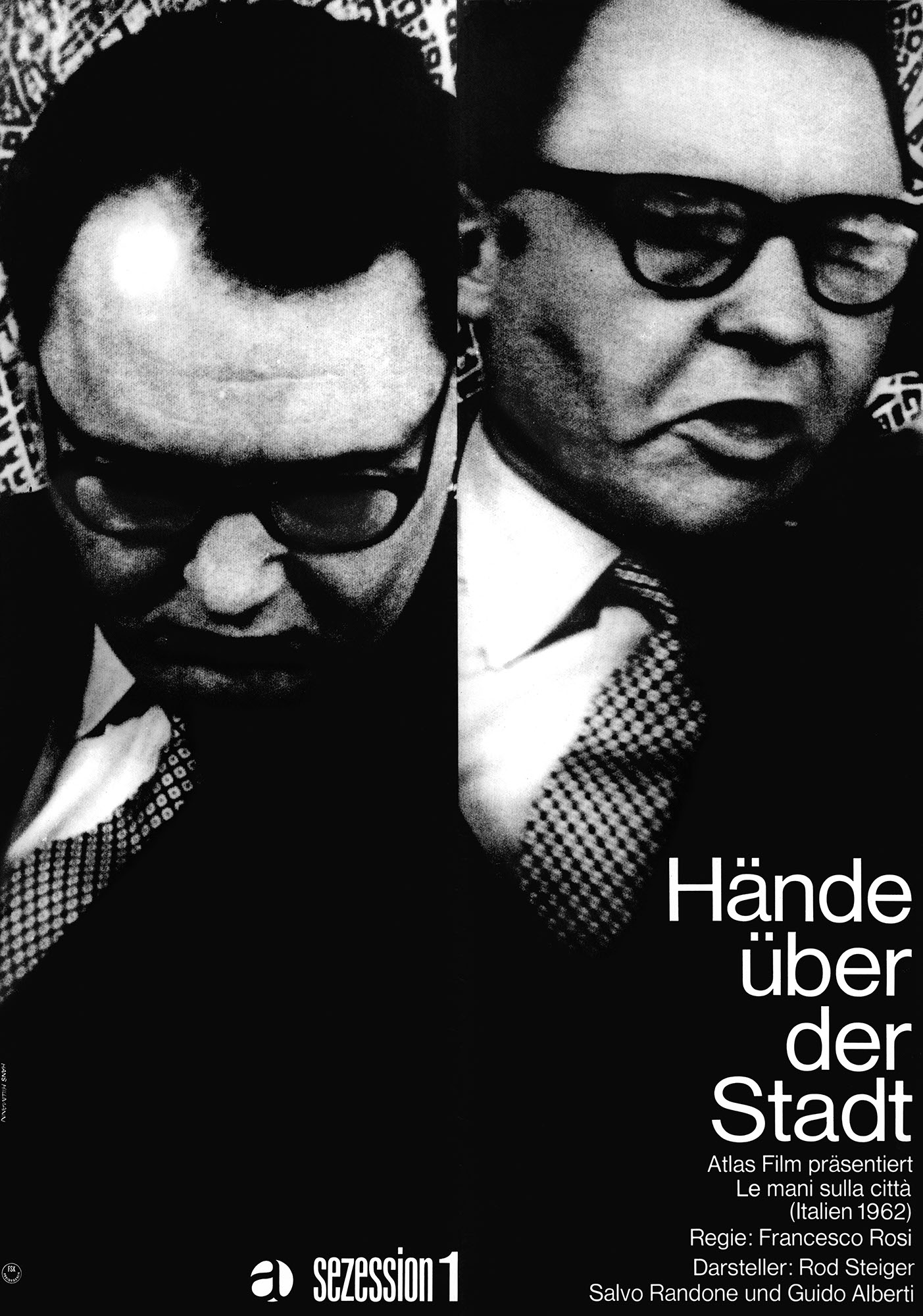
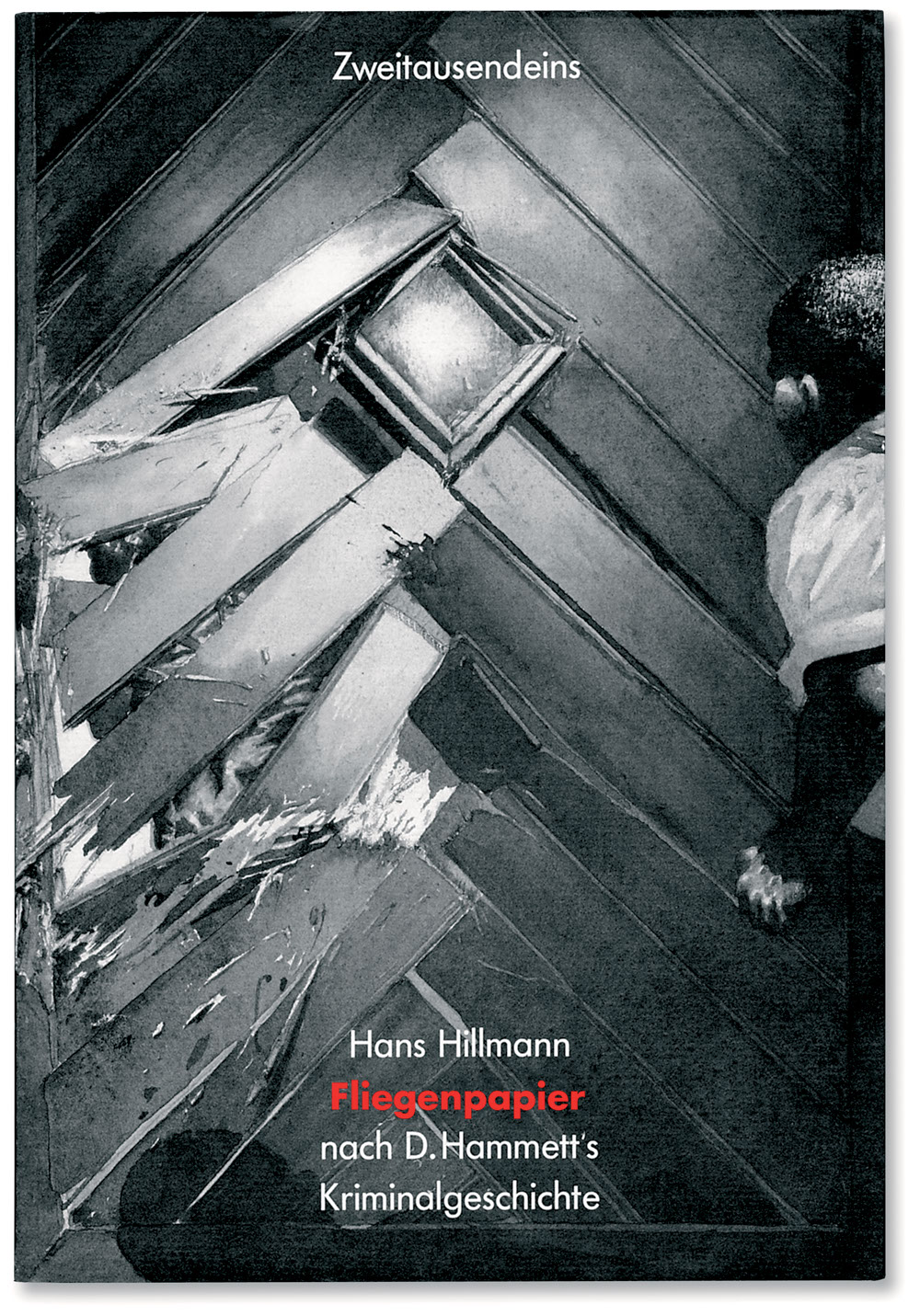

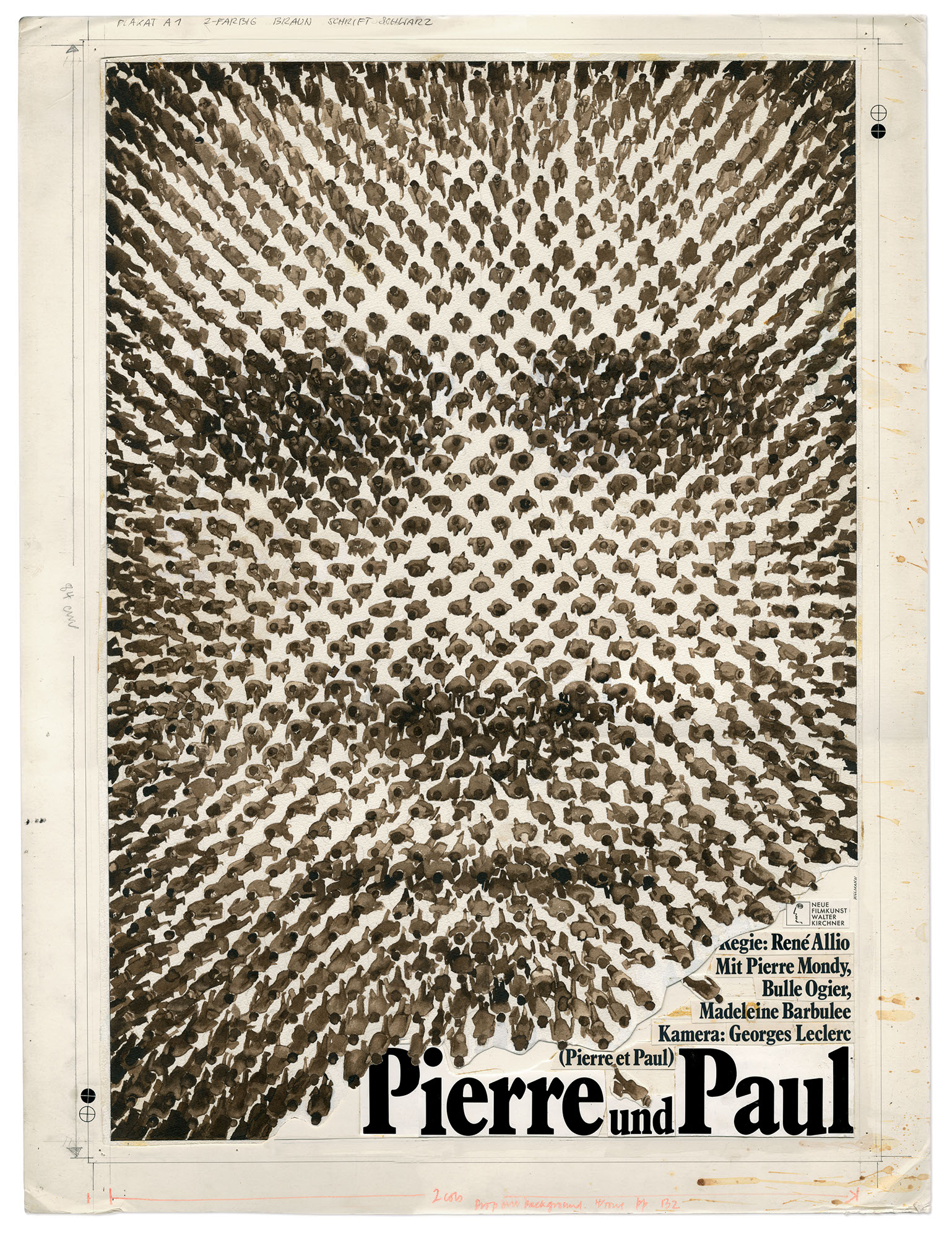
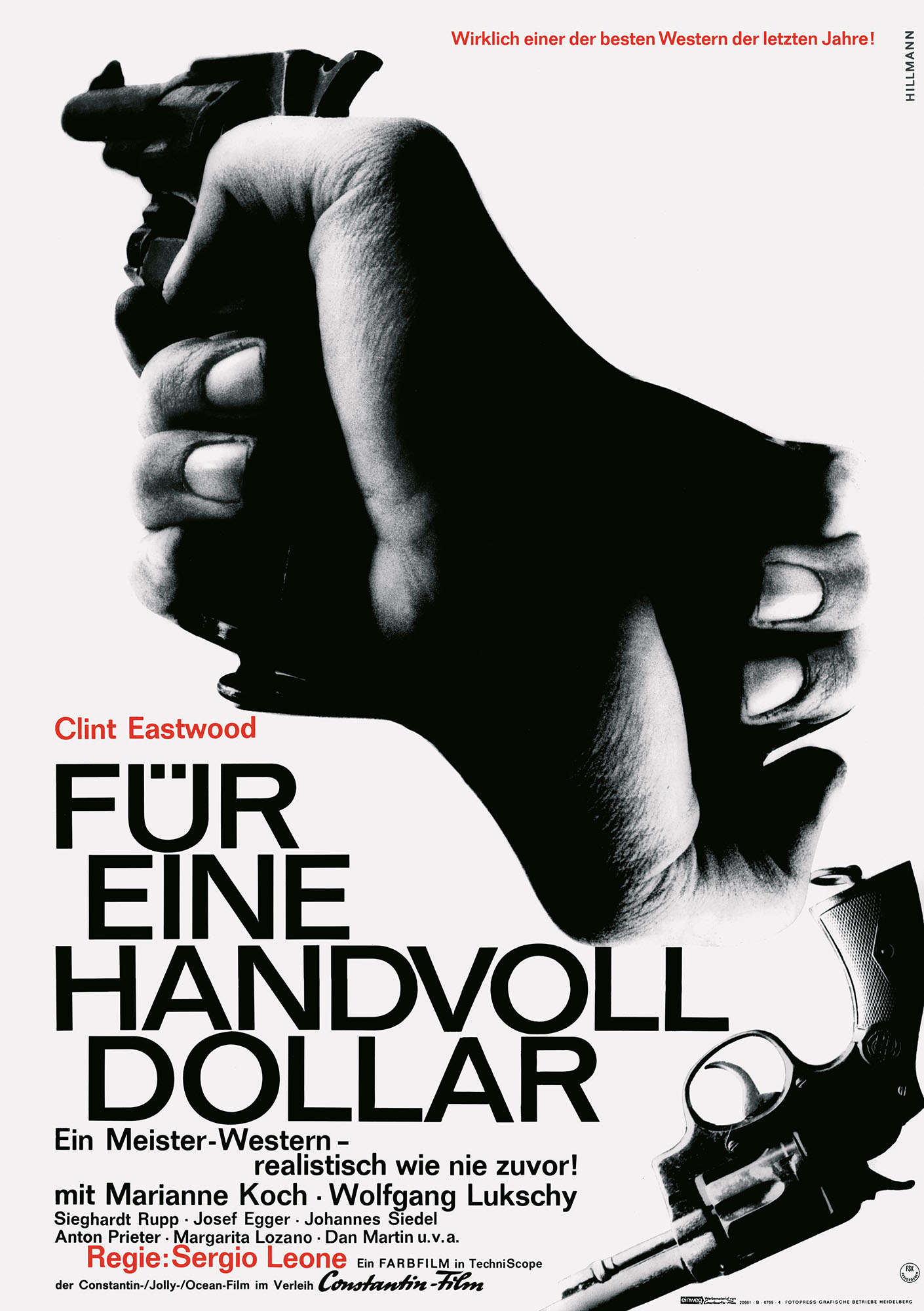
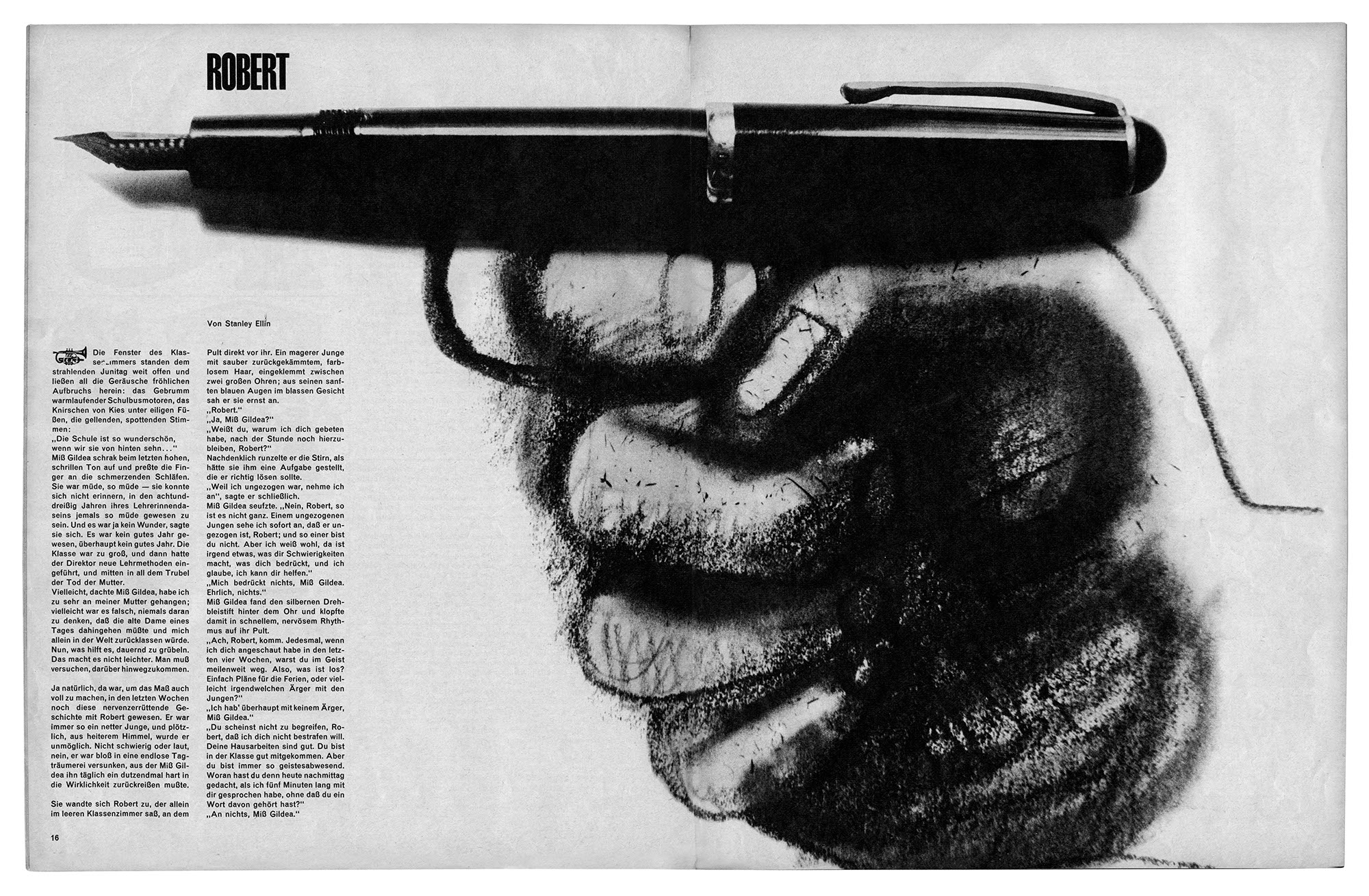
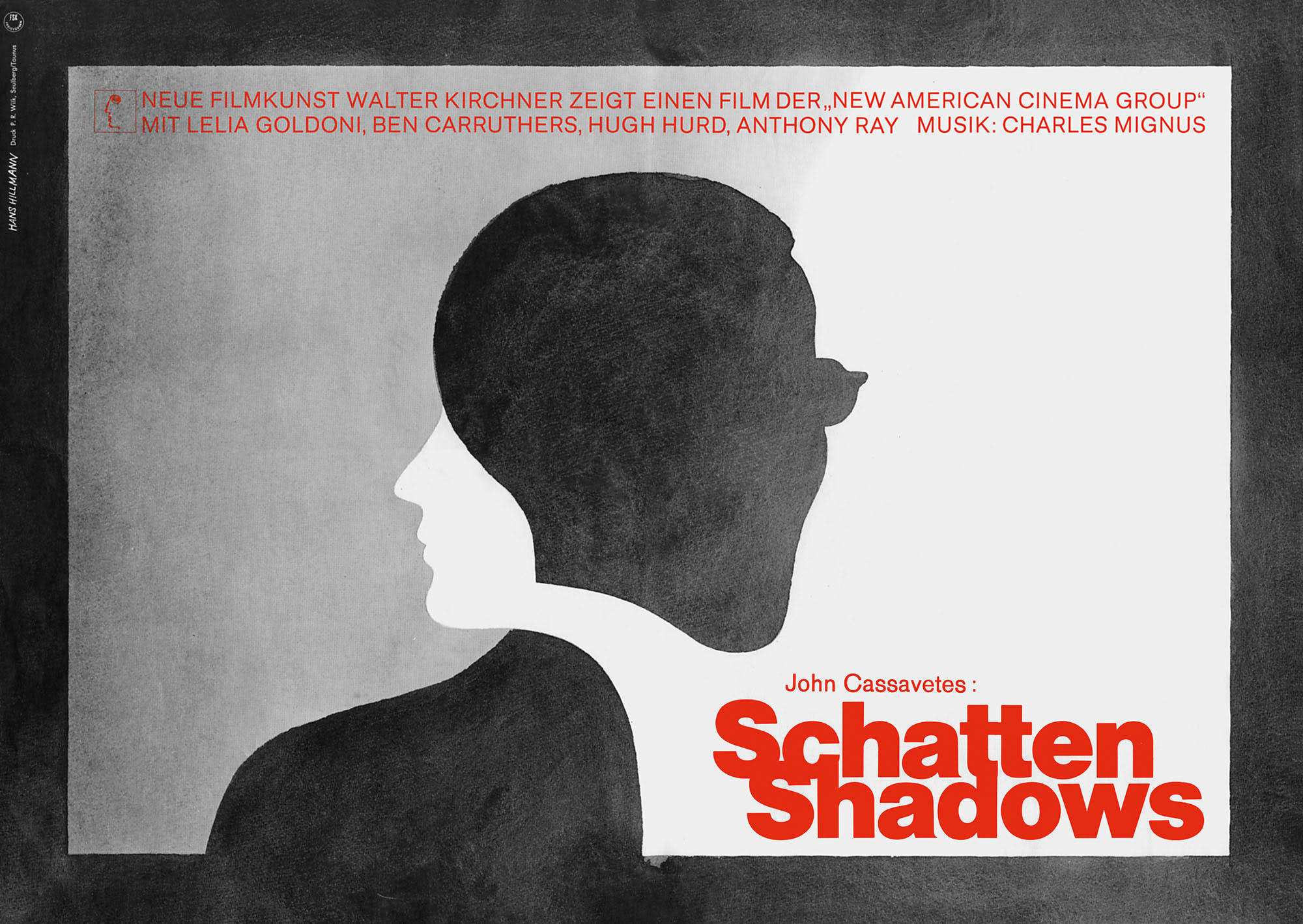











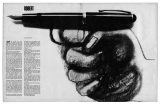

Jens adds: “As with many well-known graphic designers, public perception is limited to only a handful of iconic works. When we talked to Hillmann’s widow about how we could commemorate his work on the occasion of his 95th birthday, we came up with the idea of an online archive that would make as many of his works as possible accessible.”
The archive surely succeeds in this mission, charting Hillmann’s remarkable achievements and shedding light on his prolific career, which began when, having graduated from art school, he started working for the distribution company, Neue Filmkunst, who afforded him considerable creative freedom. Hillmann initially depended on typeface which he cut and drew himself, since few poster typefaces were available in print shops after World War Two. But in the 1950s, once he was able to afford a darkroom, he fused photographic elements into his striking designs.
Although he collaborated with such trailblazing filmmakers as Akira Kurosawa and John Cassavetes, Hillmann had relatively little contact with them, preferring to produce his designs independently upon meticulously studying the films themselves. By contrast, he worked closely with German directors such as Volker Schlöndorff and Edgar Reitz, exchanging concepts in advance of film production. Nevertheless, acclaimed international filmmakers greatly admired Hillmann’s artistry, with Jean-Luc Godard even decorating an apartment in Two or Three Things I Know About Her with Hillmann’s posters.
So what are Jens and Katharina’s favourite designs? Jens has a few, including the poster for Masaki Kobayashi’s Ningen no jôken, admiring Hillman’s success “in applying cinematic elements such as zooming and cutting in a graphically very simply solved poster.” For Katharina, it’s not one of the designer’s iconic works for Hitchcock or Bergman but “Hillmann’s timeless 1964 design for the Kieler Woche annual sailing contest.”
Discover more about the archive at hanshillmann.de
Published 24 Mar 2021
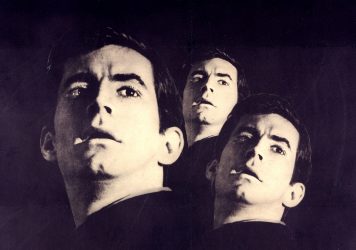
Original alternate one-sheets for Psycho, Dial M for Murder and The Birds.
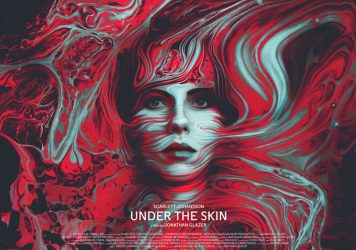
By JC Gabel
The award-winning illustrator and designer discusses her creative process in a new book from Hat & Beard Press.

Racy retro artwork from cinema’s most provocative era.